The Consols & United Mines stretched from Twelveheads to Carharrack leaving a vast “blasted” landscape of shafts and dumps. It was not until the 1980’s that it was considered a safe place to walk. Because of hidden shafts and dangers there was always a high risk of a bad fall.
The majority of the images on this page were taken during the 1990’s. Since the much of the site has been levelled and the buildings stabilised.
Mining here dates back at least 400 years when Wheal Virgin was producing Copper during the early 1700’s.By 1780 there were at least 20 mines in the area. Underground many of the workings were interconnected, this was causing problems with underground water. At this time there were already seven Newcomen engines working to drain the mine water into the county adit.
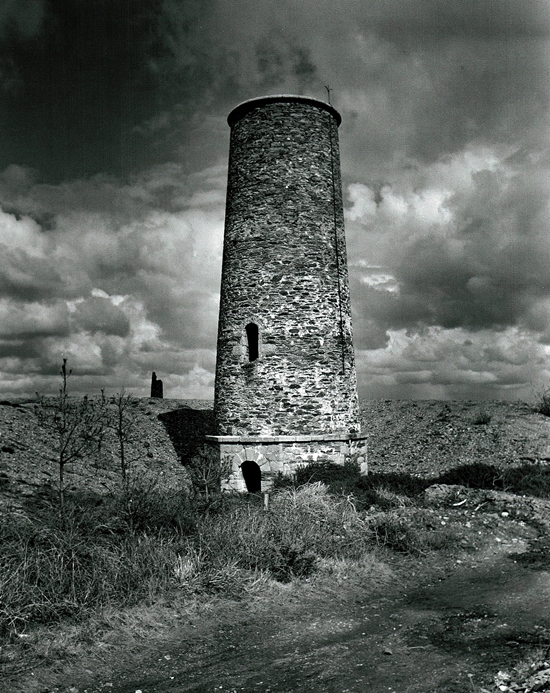
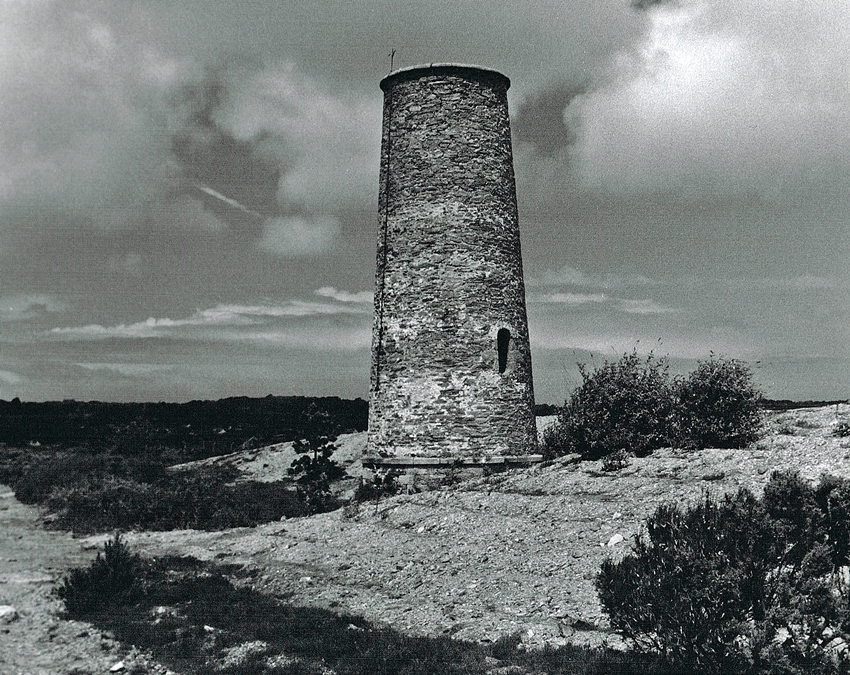
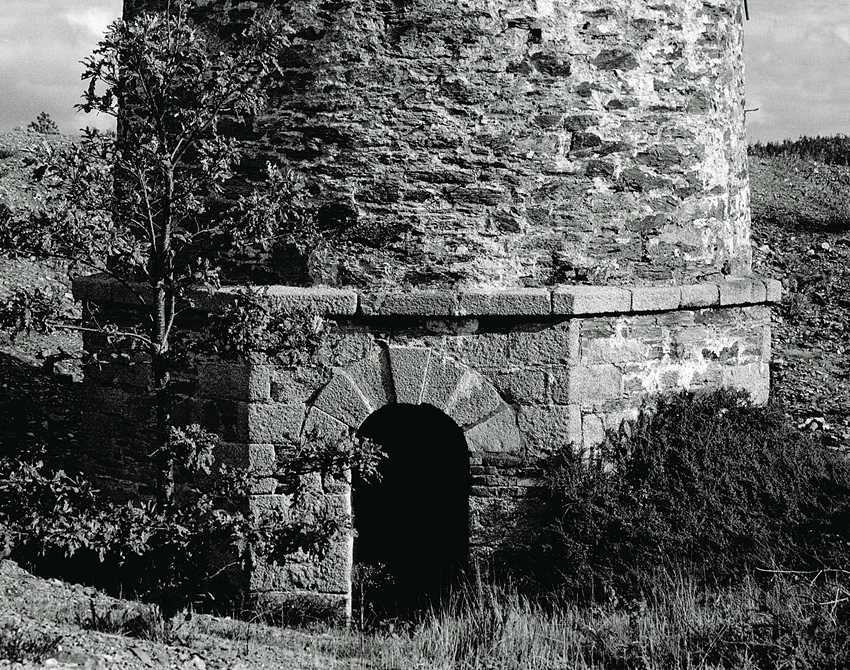
Great Consolidated mines was formed in 1780 when many of the neighbouring mines merged together. These included; Wheal Virgin, East and West Wheal Virgin, Wheal Maid, Wheal Girl, Wheal Fortune and Cuzvey.
The merger brought significant investment and the ageing Newcomen engines were replaced by five Boulton and Watt’s. These newer engines would save a small fortune on coal, also they were much more efficient pumping units.
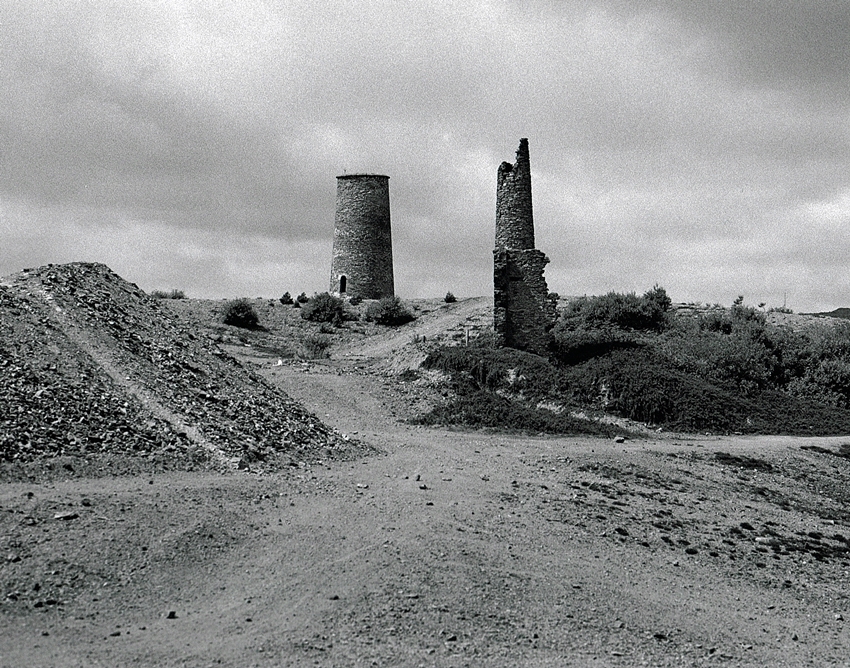
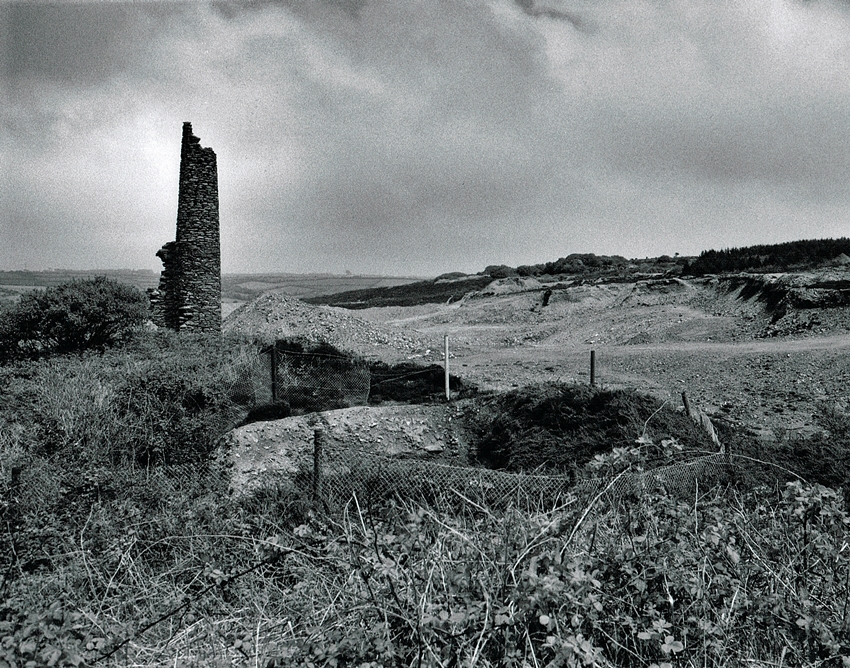
During the latter part of the 18th Century the price of copper dropped dramatically. This was due to Parys Mountain in Anglesey which was producing a vast amount of ore at a fraction of the cost of deep Cornish MInes. The mine was closed in 1808 and did not reopen untill 1819, by this time the price of copper had recovered as the Parys Mountain deposits had been exhausted.
Mining entrepreneur John Taylor was responsible for the mines reopening with a considerable sum of money from London Shareholders. The mine fast became vastly profitable and outstripped Dolcoath Mine profits on some occasions.
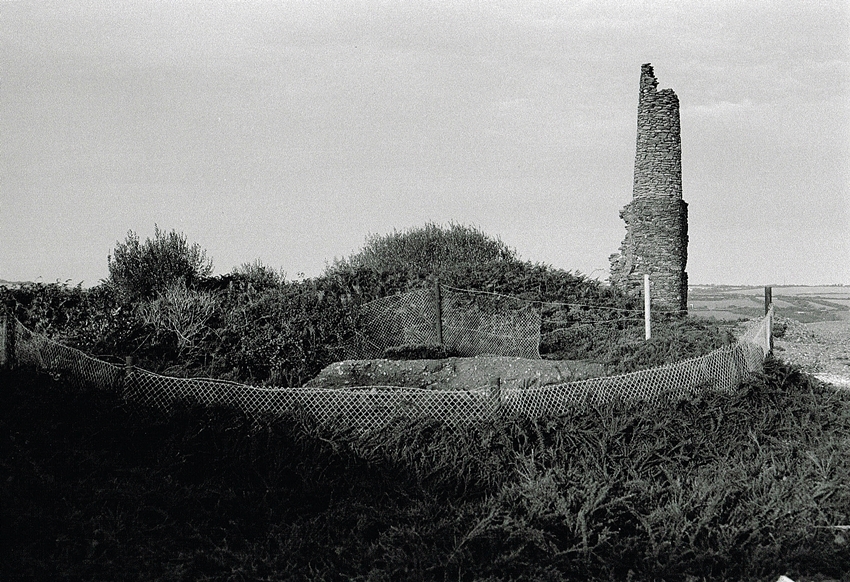
As the mine got deeper the water ingress was an ever growing proble, by the time the mine closed there were over 20 engines at work. In the deep levels the temperatures were extreme with air temperature of over 100 F not being uncommon.
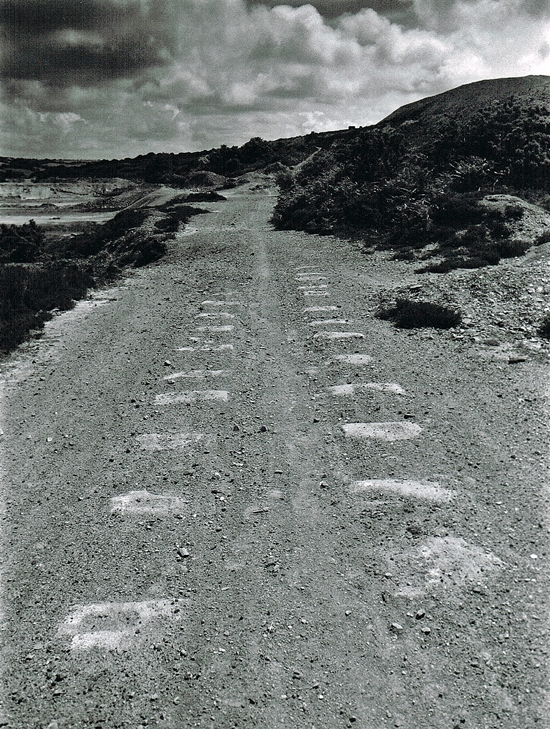
In 1824 the mine was joined to the Redruth and Chasewater Railway. This allowed ore to be transported to Devoran in a much more efficient way. On the return the coal was brought in to feed the hungry engines.
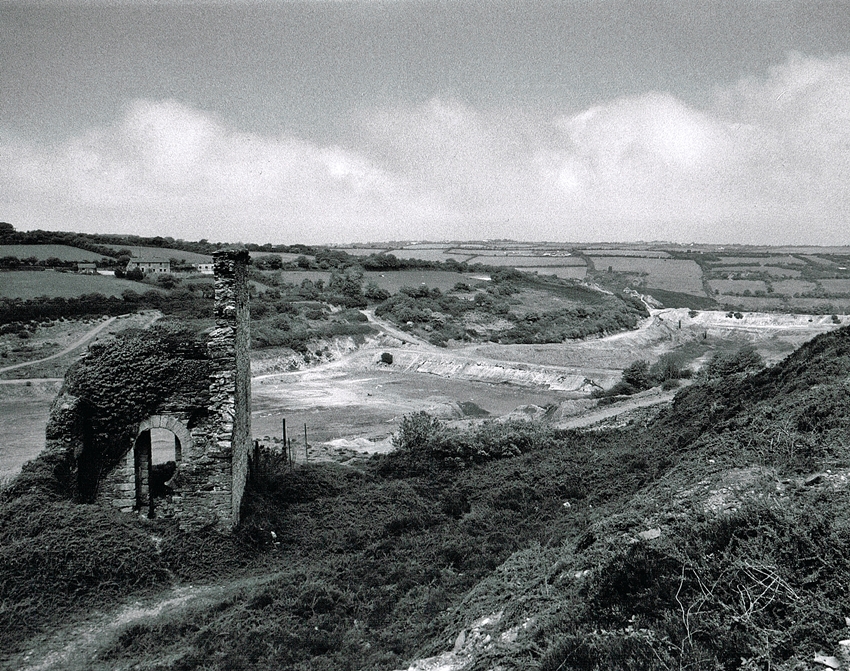
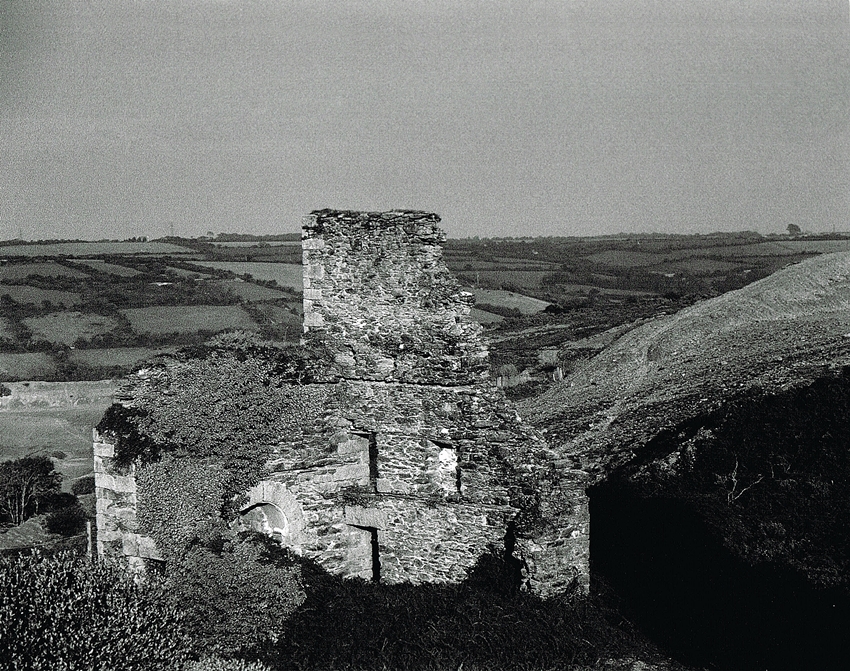
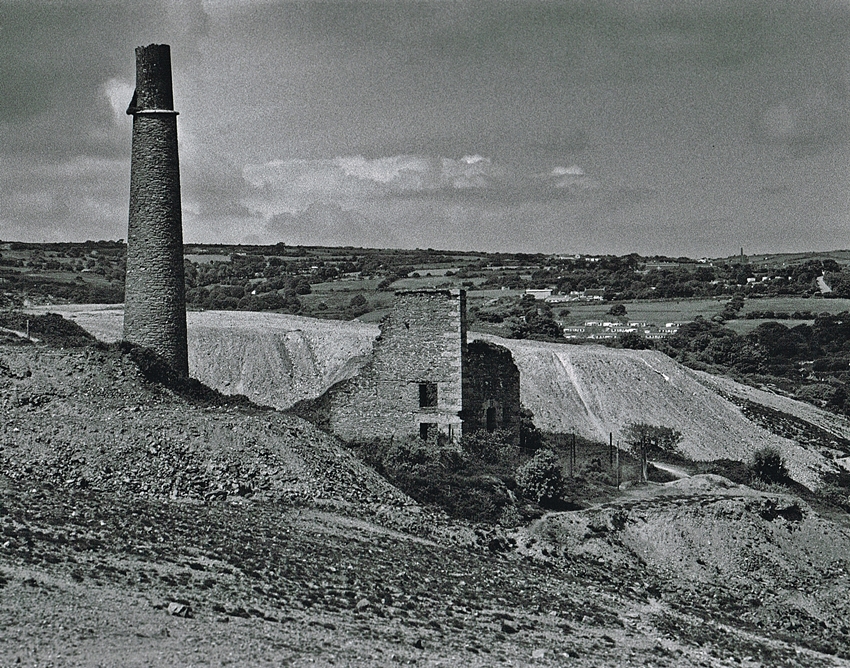
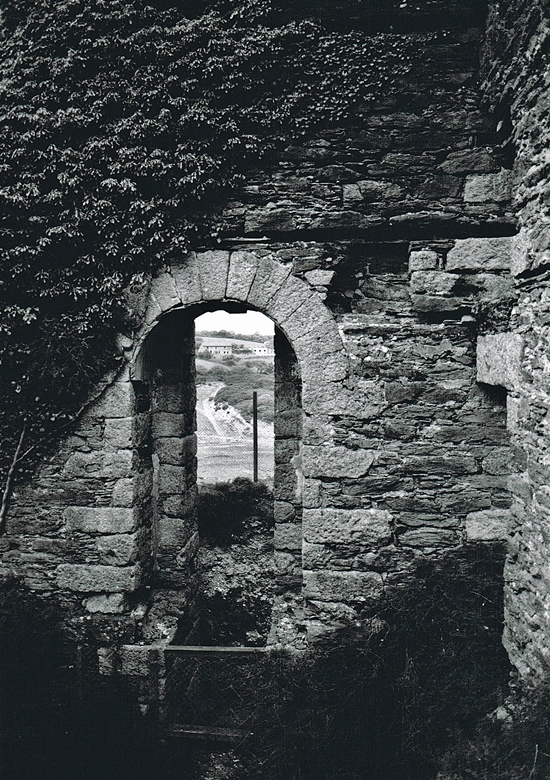
In 1839 John Taylor was refused renewal for his lease. Consequently the mine had the “eyes picked out”, this is where the mine is stripped of all the known reserves. Production then steadily declined over the following years.
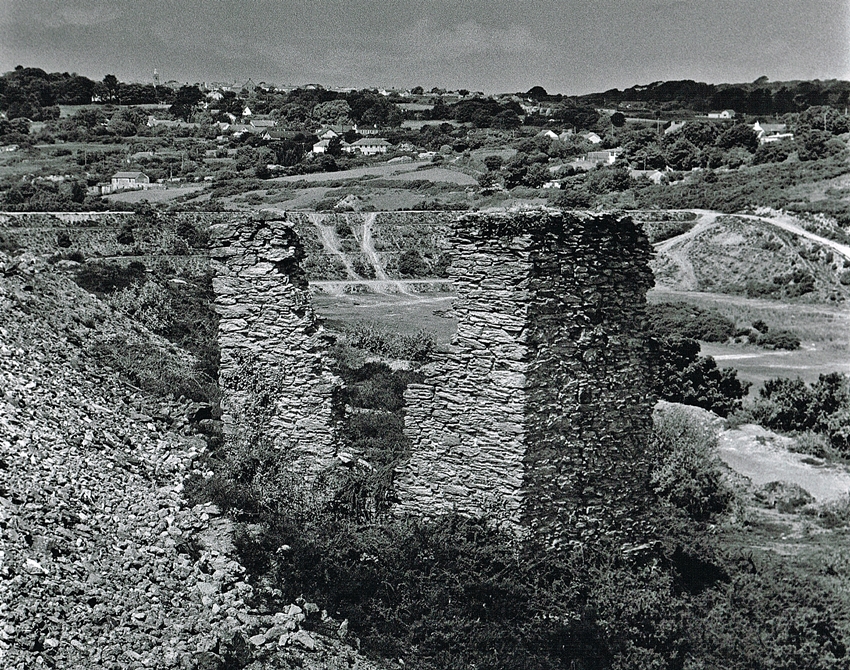
This was the showpiece of Consols mine which contained an 80″ engine. But the house was demolished when Wheal Jane were investigating the valley. The shaft here was one of the deepest on Consols, 300 Fathoms deep.
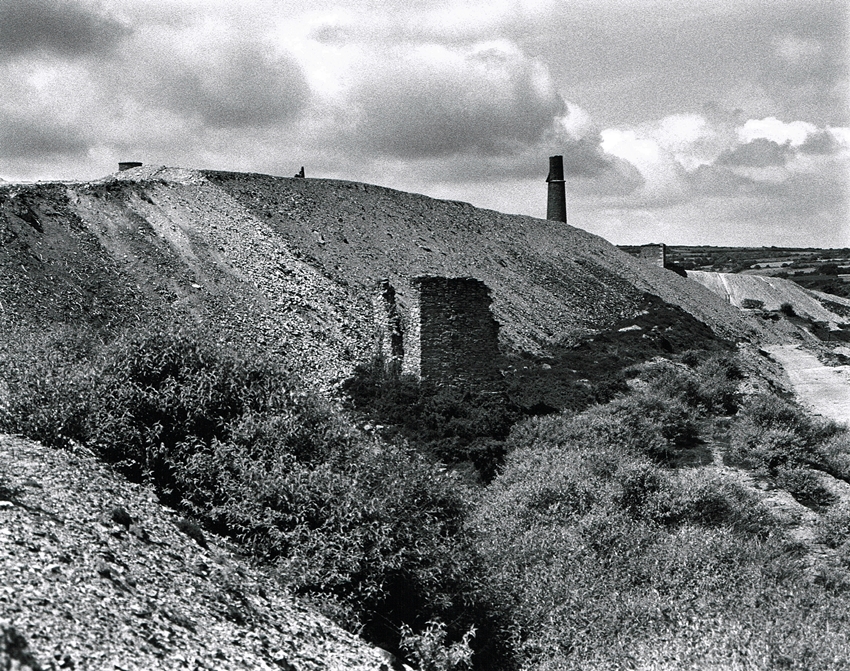
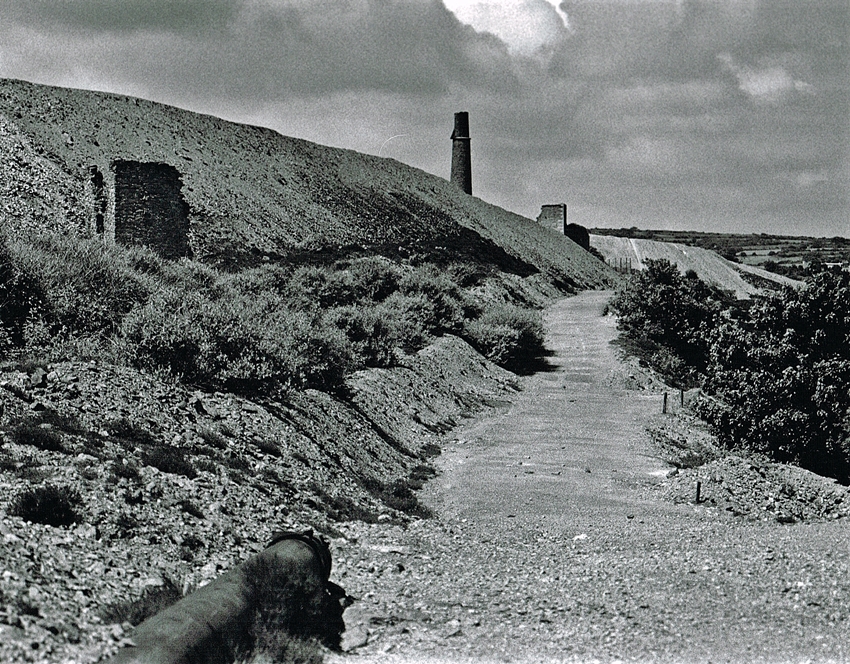
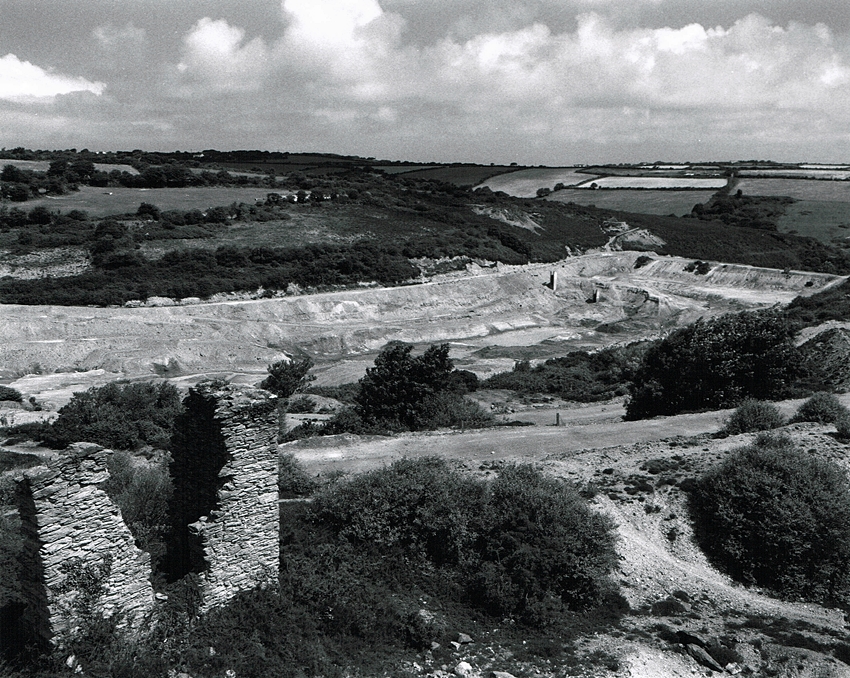
For more images of Mount Wellington follow this Link: Mount Wellington Mine.
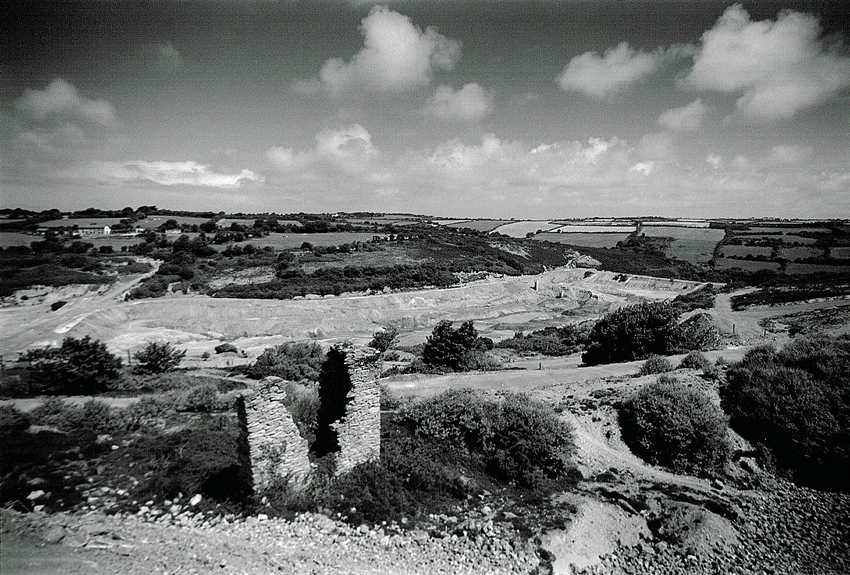
In Consols & United Mines merged in 1857 to form Clifford Amalgamated Mines. Sadly by this time the great days of Cornish copper mining were number. The price dropped again due to much cheaper production around the world.
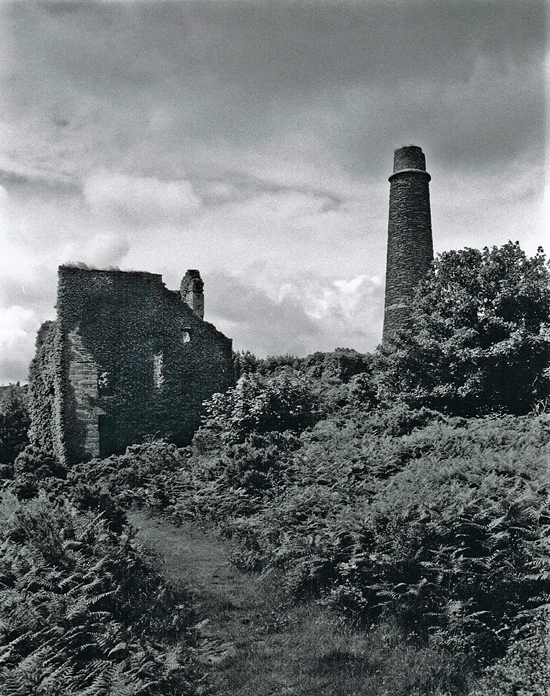
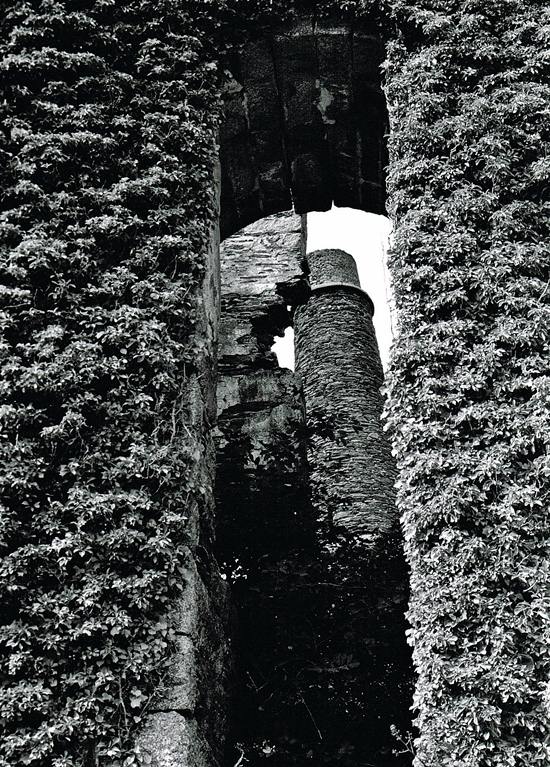
In 1870 the mines finally closed having made little profit since the merger. The total output of Copper was nearly a million tons. This sold for around £6,000,000, but the worth in the present day would be uncalculateable. There was a total of 18 Engine Houses and over 80 miles of underground passage.
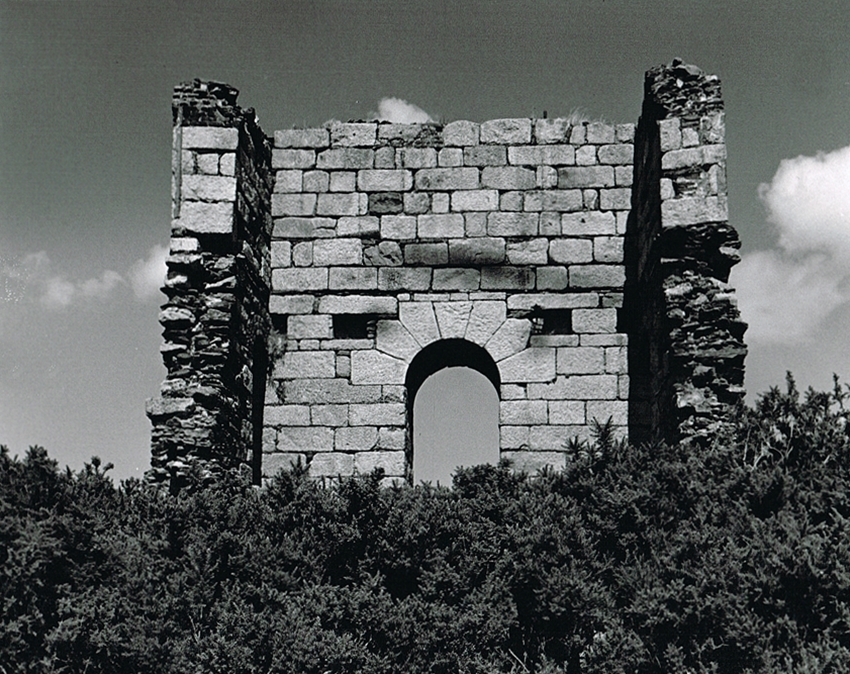
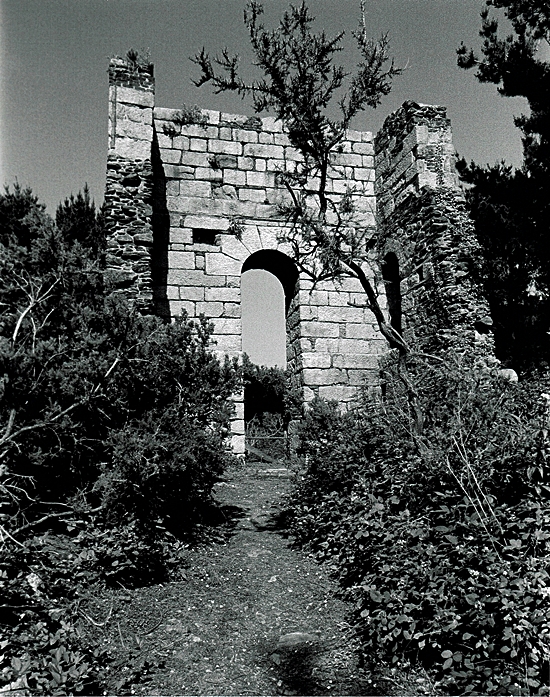
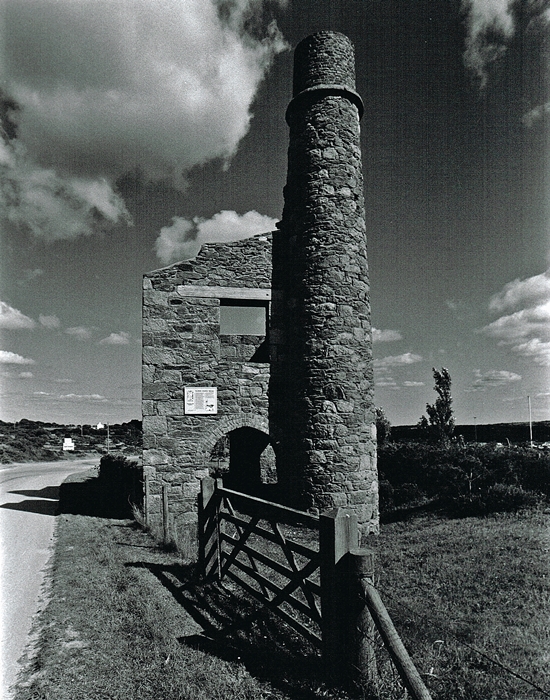
During the early 1900’s a company tried to rework some of the mine dumps for Tin. But this was sadly unsuccessful and closed in 1909. Since then Mount wellington used the Valley for their Tailings Dam. When actively mining the area Moutn Wellington did cut some of the Consols lodes. But these were hot, wet and difficult to work.
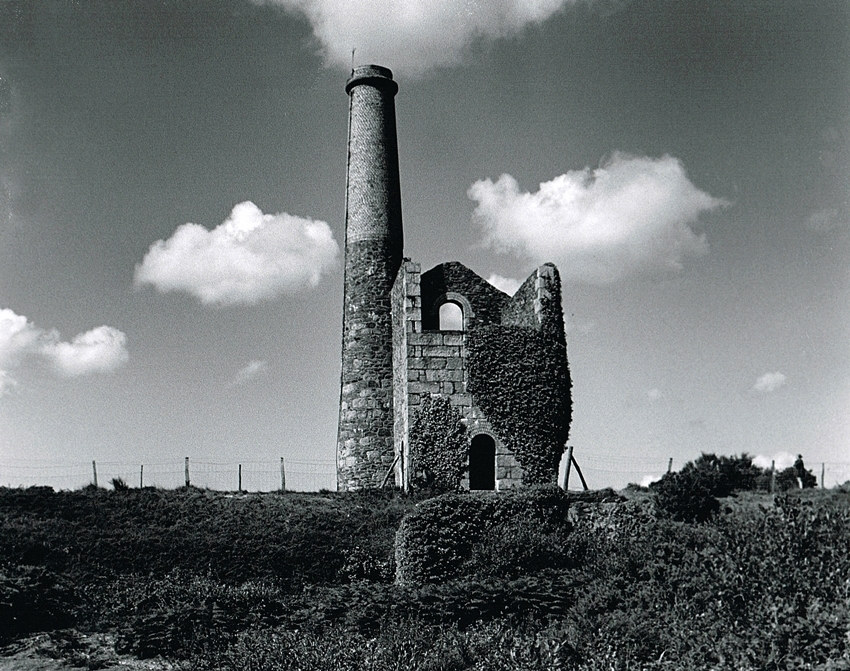
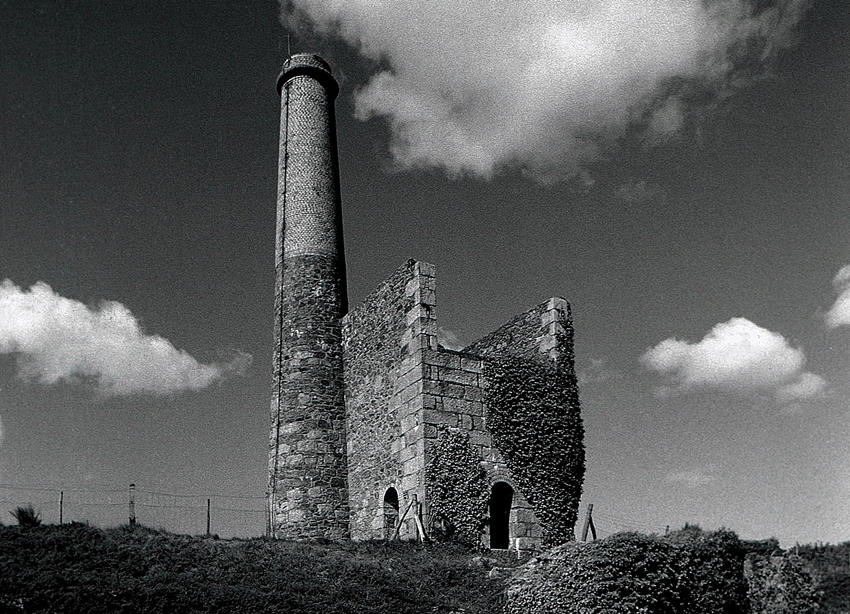
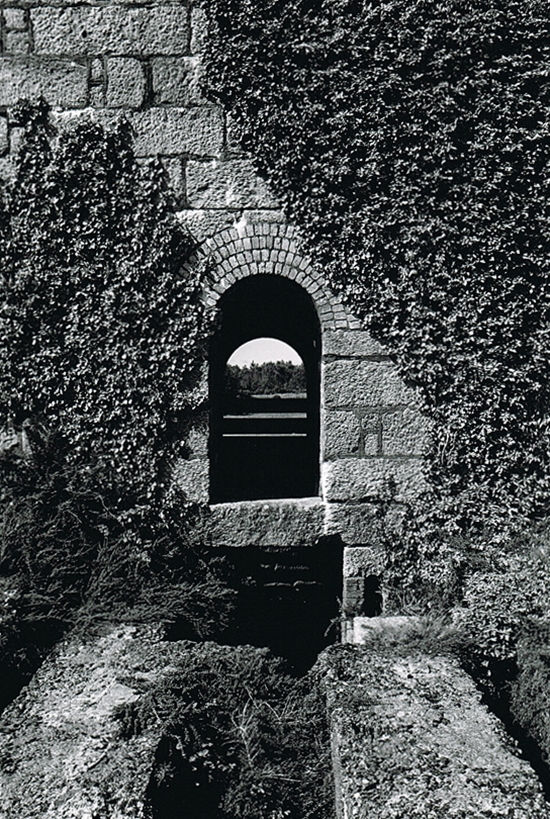
The valley today is quiet. There has been significant clearing of mine waste, alos many of the shafts have been capped. All quiet now but for the noise of car racing on a track over the hill.

